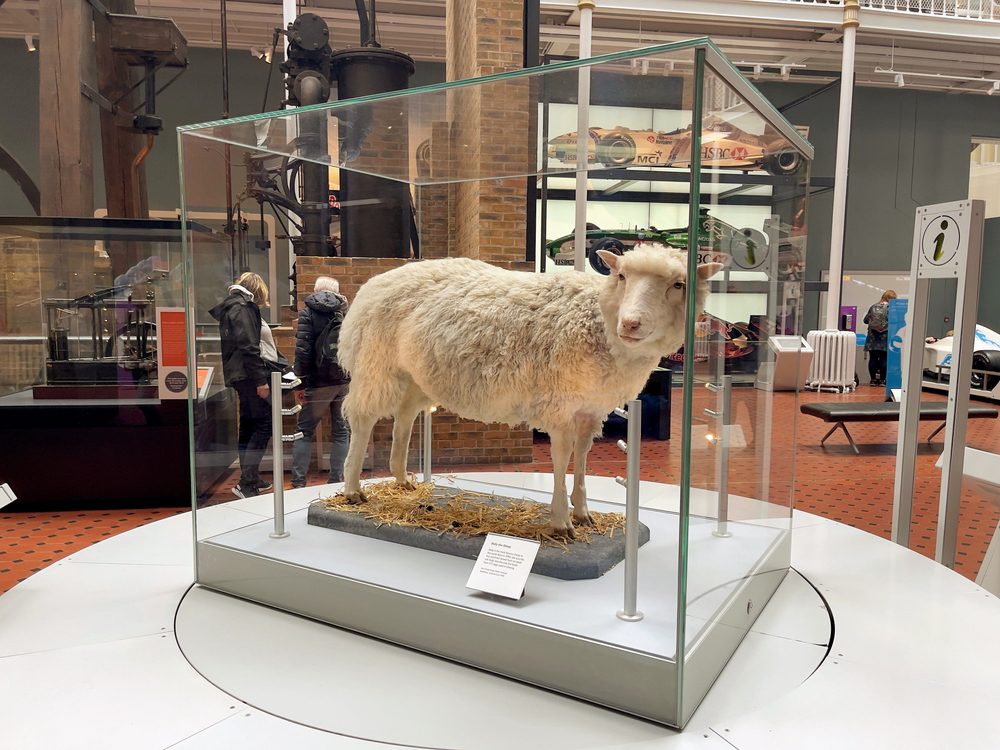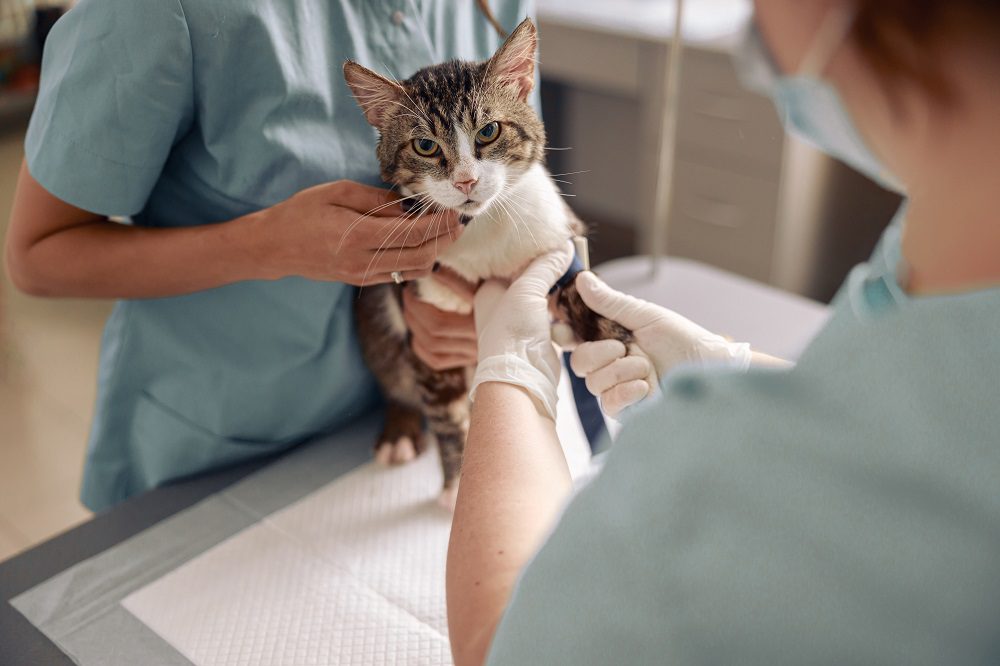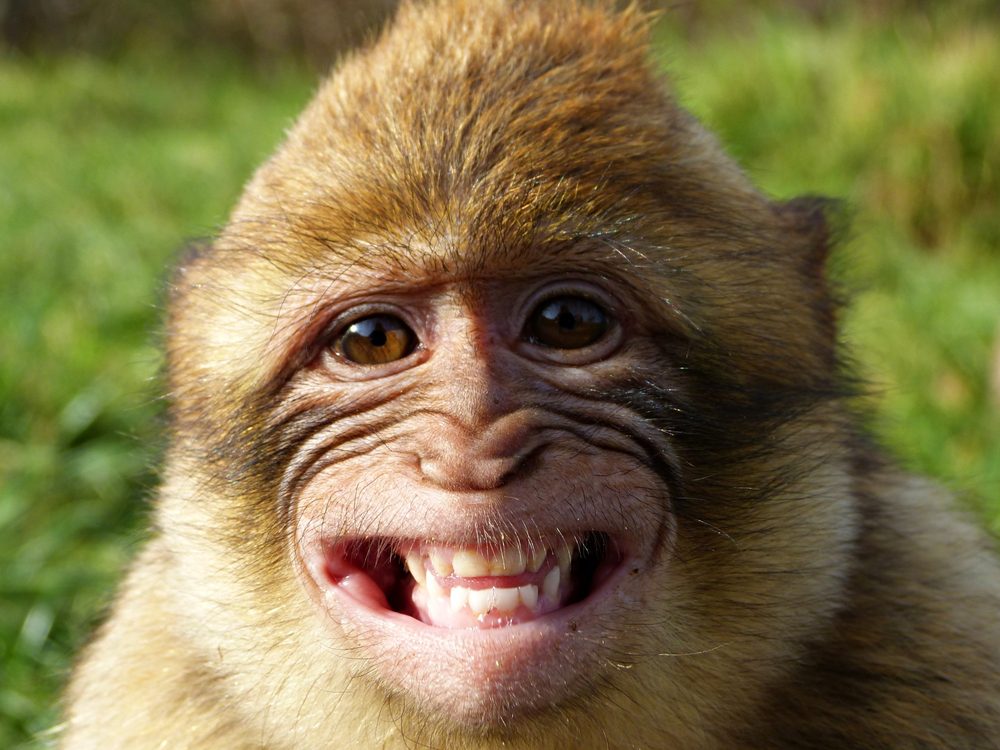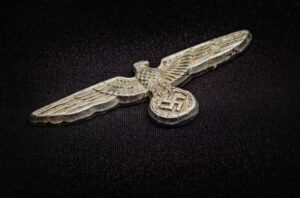Cloning is the process of producing genetically identical individuals from an organism. To some, this represents a glimpse of the future, while to others, it’s a step too far. There’s no doubt, however, that this technology will have major ramifications for our future.
Cloning is nothing new; in fact, cloned steaks can now be found on supermarket shelves. Also in 1885, Hans Adolf Edward Dreisch cloned a sea urchin, and since then, animals have been cloned.
This scientific process may seem scary, but we have to admit it can also be the saving grace for many endangered species. So far, experts have successfully cloned several animals, so we couldn’t help but ask, “What’s next?” I guess only time will have a say in this.
Until then, here are 10 animals that scientists have cloned!

1. Dolly, the Sheep
The biggest breakthrough in cloning occurred on July 5, 1996, when Dolly, the cloned domestic sheep, was born. Perhaps the most famous of all animals produced artificially, the female sheep lived until the grand old age of six.
She became the first cloned mammalian created from an adult somatic cell and not from embryonic cells that had been previously used for artificial reproduction.
Dolly wasn’t the first cloned mammal or animal, but her birth made the front pages of newspapers across the world. She was the first mammal ever created artificially from an adult cell and was therefore genetically identical to the donor.
Here‘s a book on how Dolly was created and how cloning may evolve.
2. Injaz, the Camel
The first cloned female dromedary camel was born on April 8, 2009. She was named Injaz, which means “achievement” in Arabic. It was the first artificially created camel in the world, and its creation is credited to Dr. Nisar Ahmed Wani. He’s a reproductive biologist who was also the lead researcher at the Camel Production Centre in the United Arab Emirates at the time.
Injaz came into this world following an uncomplicated gestation period of about 370 days. Cloning was supported by the Emir of Dubai, the Prime Minister, and the Vice President of the UAE. Initially, there were several unsuccessful attempts to clone a camel. Injaz was created from an ovarian cell taken from an adult camel.
3. Snuppy, the Dog
Snuppy was the first artificially created dog. He was born on April 24, 2005, and lived until May 2015. The scientists used a cell from the ear of an adult Afghan hound to clone the dog, and over 120 surrogate mothers were involved in the cloning process.
However, only two females succeeded in having puppies, and Snuppt was the only puppy that survived. The cloning process was conducted by experts from Seoul National University, and the team was led by Woo Suk Hwang.
Moreover, the sperm taken from Snuppy would be used to inseminate two other artificially produced dogs. That’s how, in 2008, both females gave birth to 10 puppies. This helped scientists investigate health issues associated with cloning.

4. CopyCat
The first cloned cat was born on December 22, 2001. Her name was Copycat (not very original, you may say), and she’s the result of groundbreaking cloning work done by a geneticist from Texas A&M University in partnership with Genetic Savings & Clone Inc.
Not only was Copycat a real success, but she was also able to bring four kittens into the world in September 2006, and they were fathered naturally. The litter consisted of two females and two males, although one female was stillborn.
Copycat was a healthy cat, with no cloning-related health issues that had been experienced by other cloned animals. She died at 18 in College Station, Texas.
5. Ralph, the Rat
In 2002, scientists from France and China successfully cloned a rat, which they named Ralph. They used an adult cell in the cloning process, giving the world the first-ever cloned rat.
Around 129 embryos were used to inseminate two females, but only one became pregnant. She gave birth to three pinkies, and Ralph was the firstborn. It was a real success since rats are particularly difficult to clone.
Later, for medical purposes, Ralph was cloned to produce genetically identical rats that were eventually used to study rat physiology.
6. Royana, the Sheep
Royana was the first artificially created male domestic sheep in Iran and the Middle East. There had been a previous attempt in the past, but it was unsuccessful as the sheep died a few hours after birth. Royana, on the other hand, lived for about four years.
The cloning process was carried out by experts from Royan Research Institute in 2006. They used a cell from an adult sheep, implanting the embryo in a female uterus. On April 15, 2006, Royana was born following a gestation period of 145 days through a cesarean section. Sadly, he was euthanized in 2010 due to numerous complications.
7. Prometea, the Horse
Prometea, the first cloned female horse, was artificially created by a geneticist from the Laboratory of Reproductive Technology in a province of Italy. She was born on May 28, 2003, following a full-term gestation period.
At birth, Prometea’s weight was 79 lbs, and after two months, it was 220 lbs. Experts used about 840 reconstructed embryos, but only 14 of them were deemed viable, and four ended up being implanted in surrogate mothers. Only Prometea was born successfully out of the four.
After a DNA test was done, it was confirmed that she was an identical copy of her mother.
8. Got, the Fighting Bull
The world’s first artificially created fighting bull was born on May 18, 2010, in Spain, and it was named Got. Got was cloned by experts from the Prince Filipe Research Center and the Valencia Foundation for Veterinary Research.
According to Vicente Torrent, the project leader, Got was an identical copy of a muscular, horned specimen of the type seen in bullrings. He was created using a method known as nuclear transfer, where DNA taken from the sire is injected into cows’ eggs to generate embryos, which are then implanted into surrogate mothers.
Although Got is the world’s first fighting bull to be cloned, he wasn’t the first bull to be artificially produced. The first-ever cloned bull was born in 1999, and his name was “Second Chance”.

9. Tetra, the Monkey
Tetra was the first primate to be created in the lab. The cloning process was carried out by Professor Gerald Schatten in collaboration with the Oregon National Primate Research Center.
Tetra was born in October 1999, and scientists used the cloning method of embryo splitting. This technique implies dividing an eight-cell array to generate four identical parts.
Moreover, in 2018, Chinese experts reported having artificially created a macaque monkey, which is the same species as Tetra. They used a method known as complex DNA transfer, the same one that produced Dolly, the sheep.
10. Idaho Gem, the Mule
The Idaho Gem was the world’s first mule created in a lab through the collaborative work of scientists from the University of Idaho and Utah State University.
Born on May 4, 2003, Idaho Gem is an identical genetic replica of his brother, a racing mule named Taz. Experts had struggled to produce clones of mules to survive, and there had been several unsuccessful attempts before Idaho Gem.
Scientists discovered that increasing the amount of calcium inserted in the solution in which the eggs were stored enhanced their chances of being carried to term.
You may also want to read NASA’s 10 Most Remarkable Inventions That We Use Daily.








